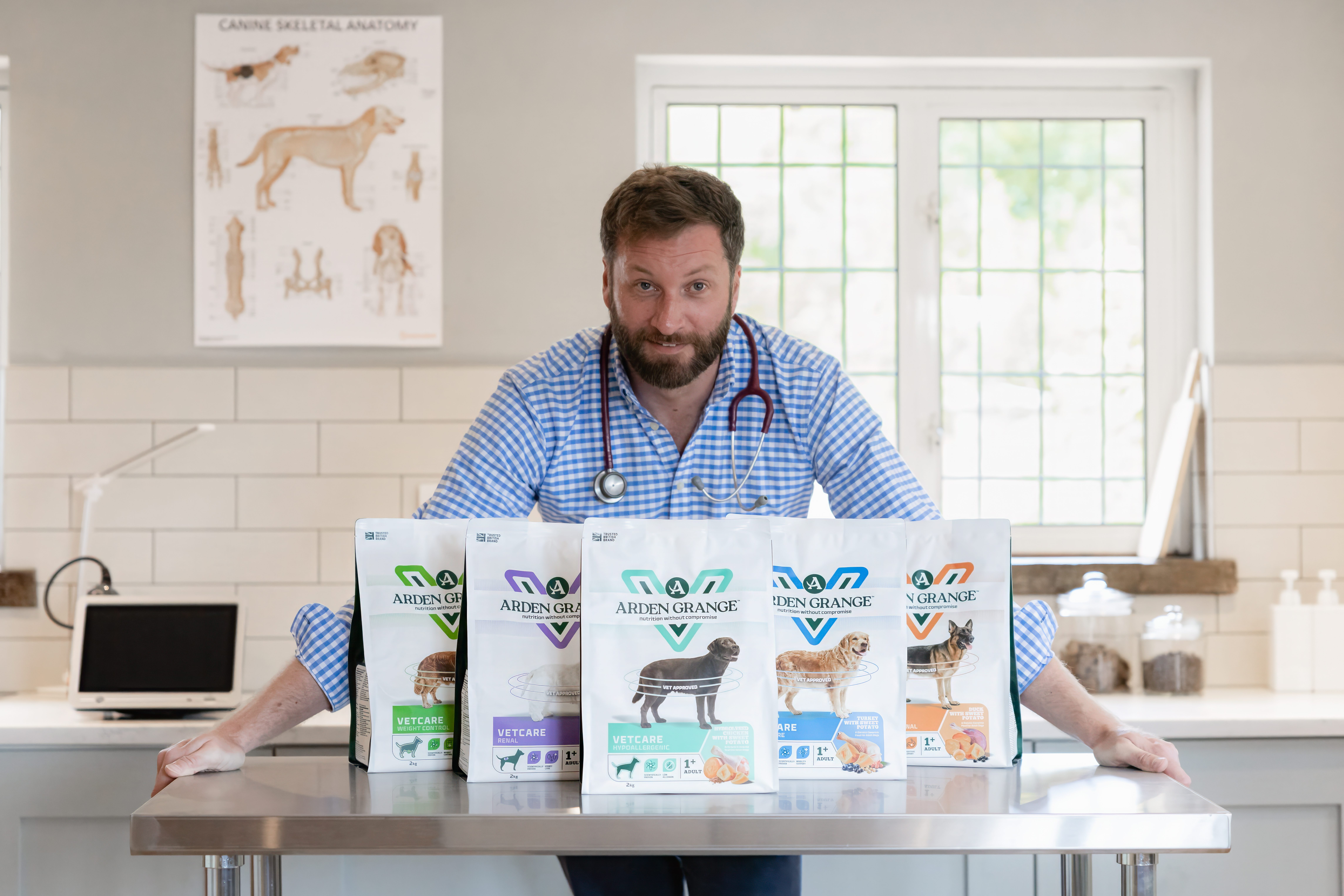The rise of D2C in pet care – How are brands adjusting to a new marketplace?

Register to get 1 free article
Reveal the article below by registering for our email newsletter.
Want unlimited access? View Plans
Already have an account? Sign in
As lockdown restrictions have influenced major consumer behaviour changes, especially when it comes to shopping habits, it’s no surprise that brands across a variety of sectors have been tapping into D2C offerings as they present an easier, safer and more reliable option of purchasing. The pet care industry is no exception.
Consumers have been investing in their pets over lockdown. As trusty companions in the toughest of times, pet adoption rose and in turn so did the demand for premium pet care. In March, sales of pet food rose by as much as 77% compared with last year, however, many of the trends behind this were already happening way before lockdown. And as with many sectors, the pandemic has accelerated changes already afoot in the marketplace – so let’s explore a few of these in more detail.
E-commerce continues to rise
The retail trends of ordering online, subscription services, and personalisation have gone from strength to strength in recent years, speeding up massively in 2020 for obvious reasons – giving consumers the ease of ordering products straight to their doorstep and having more relevant, value adding experiences. All signs are showing that this trend is set to continue.
At the end of 2019, pet care sales were set to surpass health & beauty sales online by 2023, and though the economy has taken a hit, the pet sector has continued to thrive. Particularly those brands which have been focusing on D2C, such as cat food startup Smalls, which recently raised £6.9m and Scotland-based Bella & Duke which raised €3.5m to grow its raw pet food delivery earlier this year.
Historically, many of the leading pet brands have found themselves removed from direct relationships with their customer base, having relied on retailers to help push these relationships. Whereas D2C brands can build direct relationships with their customers, learn faster, test harder and in turn innovate for success. Many smaller brands, who are digitally native from the get-go have a head start in this, especially from a channel and brand perspective.
So how do brands make that jump to D2C?
Brands turning to D2C
Covid-19 has been a big contender in brands turning to D2C offerings, but it’s fair to say that some sectors have already been through a movement towards D2C prior to the pandemic. Take beauty and personal care, who are already established experts in D2C and have a number of brand examples doing well here. Dollar Shave Club is a memorable reference point, known for their humorous social ads, and one of the original brands that adopted the D2C approach. A reason the brand did, and continues to do so well, is because of its relationship with its community of customers.
Great content creation, storytelling, brand ethos and the ease of keeping on top of personal supplies, led the company to rapidly become the billion dollar-brand it is today. This business journey is a perfect example for brands (regardless of sector) to aspire towards.
So back to pet care. If they too want to mirror the success of the beauty industry, there is a need to utilise customer insight carefully. The increasing need for ease means the likes of Tails.com, which tailors your pup’s food choices and delivers it straight to your door, and dog food start-up Sundays, which recently launched its air-dried kibble alternative, available for both subscription purchases or one time buys, are onto something. They are snapping at the heels of the well-established brands, which are quickly becoming outdated in their offerings.
Platforms such as Ocado’s Fetch, stocking pet food from the likes of Royal Canin, gives these high-profile brands additional visibility, yes, but they don’t ensure your brand will be purchased – and fighting to be picked on Amazon is just as competitive as standing out on the shop shelf. That’s where expanding your own offering to the likes of D2C can make a big difference, creating room for the high performing start-up subscription services that focus on customer lifetime value.
Building a strong D2C brand when people are turning away from traditional retail
In the pet care world, there are many very well established and respected brands out there that have built up enviable customer bases and a degree of loyalty. However, D2C largely plays on a different lever with a core focus on effective branding and delight with the product, alongside convenience.
We can’t underestimate the power of convenience in most pet owners’ busy lives, especially when powered by greater insight to improve customer benefits at each interaction, for both the owners and pets. Going forward, we’re a strong believer that it shouldn’t have to be either or of these approaches. The winners in this space will be those who give the best of both and use the insight to invent and reinvent for the best experiences and outcomes.
The future
Getting to this enhanced proposition requires different paths of evolution by the two major groups of competitors. These include, the established household names in pet care with some work to do on their channel mix, and the more ‘digital native’, newer to the market players, with some work to do on building powerful brands for the long-term. They are both coming from very different start points and both have a lot to learn from each other as these trends only look set to continue in the future.
By Leigh Tymms, strategy and planning director at Clarity







